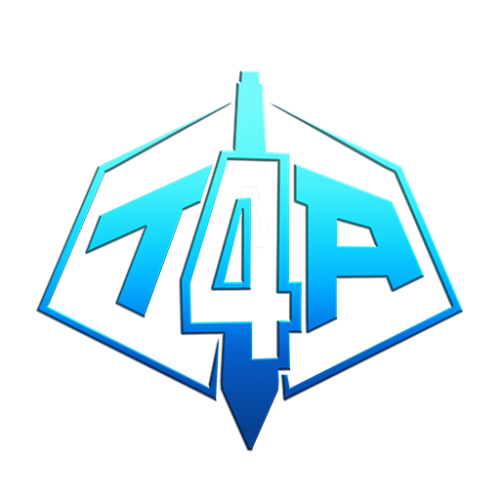The boardroom is one of the most significant areas for making decisions in the workplace. It was originally designed for meetings between business owners, C-level executives, and other stakeholders. It has evolved into a flex space that promotes collaboration and culture building. If you’re hosting an in-person meeting or a video-based conference, the design and layout of your boardroom is essential to productive deliberations and discussions that steer organizations toward success.
The most popular design of a boardroom is a large table that has chairs around it on all sides. This provides a clear view, encourages discussion and can accommodate up to two dozen people at once. It’s also a great format for presentations as it lets attendees take notes and access their devices without obstructing the screen.
Another popular format is the hollow square that features tables in a rectangular shape with a space in the middle for seating guests. This format is ideal for smaller groups. A facilitator can move between tables to provide assistance and answer questions.
The chevron layout is similar to that of a classroom, except the tables and participants are facing each other, rather than towards the speaker. This can still be effective for training sessions and workshops however it can limit the amount of direct interaction between trainers and participants and may cause obstruction to line of sight in some locations.



Comments
No Comments